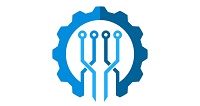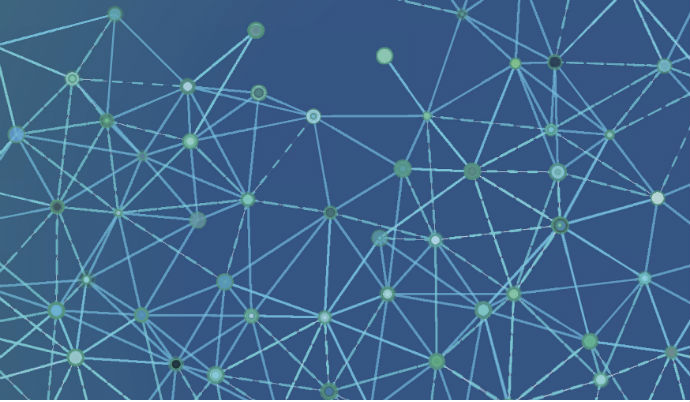Introduction
The Internet of Things (IoT) has revolutionized the way we interact with technology, connecting various devices and enabling seamless communication between them. However, one of the major challenges faced in the IoT ecosystem is interoperability issues among different devices. Interoperability refers to the ability of devices from different manufacturers to work together smoothly, exchanging data and performing tasks without any compatibility issues.
In this blog post, we will explore the common interoperability issues faced in IoT devices and discuss strategies to overcome them. By addressing these challenges, we can unlock the full potential of IoT and create a more connected and efficient world.
Understanding Interoperability
Interoperability refers to the ability of different devices, systems, or applications to connect and communicate with each other effectively. In the context of IoT devices, interoperability is crucial as it allows devices from different manufacturers to work together seamlessly, enabling data exchange and collaboration.
Challenges in Interoperability
1. Fragmented Standards: The lack of standardized protocols and communication frameworks in the IoT industry leads to fragmentation. Different manufacturers may use different protocols, making it difficult for devices to communicate with each other.
2. Diverse Technologies: IoT devices utilize various technologies such as Wi-Fi, Bluetooth, Zigbee, and more. The diversity of these technologies adds complexity to achieving interoperability.
3. Data Formats: IoT devices generate vast amounts of data, and the lack of standardized data formats makes it challenging to interpret and exchange data between devices.
Strategies to Overcome Interoperability Issues
1. Standardization
Standardization plays a vital role in achieving interoperability. Industry-wide adoption of common protocols and communication frameworks can ensure seamless connectivity between devices. Organizations such as the Internet Engineering Task Force (IETF) and the Institute of Electrical and Electronics Engineers (IEEE) are working towards developing and promoting standardized protocols for IoT devices.
2. Open APIs
Open Application Programming Interfaces (APIs) allow developers to access and integrate functionalities of different devices. By providing open APIs, manufacturers can enable third-party developers to create applications that can communicate with their devices, promoting interoperability.
3. Cloud-based Solutions
Cloud-based platforms can act as intermediaries between IoT devices, facilitating data exchange and interoperability.
Summary
Interoperability issues in IoT devices can hinder the seamless integration and communication between different devices, limiting the overall functionality and potential of the IoT ecosystem. Some of the common challenges include incompatible communication protocols, varying data formats, and lack of standardized security measures.
To overcome these issues, it is crucial to establish industry-wide standards and protocols that ensure compatibility and seamless integration between devices from different manufacturers. Additionally, implementing middleware solutions and gateways can bridge the gap between devices with different protocols, enabling smooth communication.
Furthermore, adopting open-source platforms and frameworks can encourage collaboration and innovation, allowing developers to create interoperable solutions. Robust security measures, such as encryption and authentication protocols, should also be implemented to protect IoT devices from potential vulnerabilities.
By addressing these interoperability challenges, we can unlock the full potential of IoT, enabling a more connected and efficient world where devices seamlessly work together to enhance our daily lives.

- Q: What are interoperability issues in IoT devices?
- A: Interoperability issues in IoT devices refer to the challenges faced when different devices or systems are unable to communicate or work together effectively.
- Q: Why is interoperability important in IoT?
- A: Interoperability is important in IoT to ensure seamless communication and integration between devices from different manufacturers, enabling them to work together efficiently and share data effectively.
- Q: What are the common causes of interoperability issues in IoT devices?
- A: Common causes of interoperability issues in IoT devices include incompatible communication protocols, varying data formats, different security standards, and lack of standardized interfaces.
- Q: How can interoperability issues in IoT devices be overcome?
- A: Interoperability issues in IoT devices can be overcome by adopting standardized communication protocols, implementing common data formats, establishing interoperability testing and certification processes, and promoting industry-wide collaboration.
- Q: What role does standardization play in overcoming interoperability issues?
- A: Standardization plays a crucial role in overcoming interoperability issues by defining common protocols, data formats, and interfaces that enable seamless communication and interoperability between IoT devices.
- Q: How can interoperability testing help in resolving issues?
- A: Interoperability testing involves testing the compatibility and interaction between different IoT devices to identify and resolve any interoperability issues. It helps ensure that devices from different manufacturers can work together smoothly.

Welcome to my website! My name is Timothy Woodruff, and I am a passionate and experienced IoT Solutions Architect. With a deep understanding of digital transformation, IoT innovations, hardware reviews, and AI updates, I am dedicated to helping businesses harness the power of technology to drive growth and efficiency.

